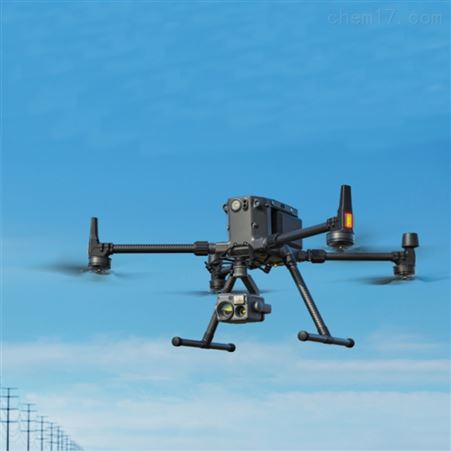The Life Cycle of Drone Bees
Drone bees start their life when the queen lays unfertilized eggs. Upon hatching, they grow alongside other members of the hive but differ in their lack of stingers. This biological trait exempts them from defensive duties, focusing their existence on mating over other tasks. Once matured, drones embark on a journey outside the hive to gather at designated mating areas. Here, they compete amongst hundreds or thousands of other drones to mate with a queen from a different colony. This process ensures genetic diversity among bee populations, which is central to their evolutionary success.
Drone Bees’ Physical Characteristics
Drone bees possess a robust and larger body compared to worker bees. This size difference aids in their singular task of mating; they require enough energy to chase and mate with the queen mid-air. Despite their larger build, they do not possess a pollen basket or any organ related to nectar collection, illustrating their specialized role.
Due to their reproductive function, drone bees have a relatively short life span. Once mating occurs, the drones die shortly after, a sacrifice for the continuation of their genetic line. Those who do not mate during the season are expelled from the hive to conserve resources as winter approaches, signifying their ephemeral nature within the bee hierarchy.
Drone Congregation Areas
A fascinating aspect of drone bee behavior is their journey to drone congregation areas. These are specified locations where drones from multiple hives gather, creating opportunities for queens to mate with several drones from diverse colonies. This behavior is crucial for enhancing the genetic pool of the bee populations—key to resilience and adaptability. The sites for congregation are selected based on environmental factors, usually areas that are sheltered and away from predators, but still exposed enough to support flight patterns required for mating.
- Drone bees do not possess vital organs for honey production.
- They are critical for ensuring genetic diversity.
- Mating areas often vary based on geographical circumstances.
Additionally, drone bees live solely on the sustenance provided by worker bees; as a non-revenue generating member, they are solely dependent on the workers’ efficiency. As fall approaches, they are seen as a burden since their purpose is fulfilled, leading to their eviction from the hive. The survival of drone bees over successive seasons lies entirely on their reproductive successes.
Understanding the vital role played by drone bees challenges preconceived notions about bee hierarchy and showcases a remarkable instance of specialization within ecosystems. Their existence emphasizes the importance of reproduction mechanisms that transcend individual hives, focusing instead on collective genetic robustness.
Common Questions About Drone Bees
- Why don’t drone bees have stingers?
- Drone bees are male and biologically designed for mating rather than defending the hive, eliminating the need for stingers.
- What happens to drone bees after mating?
- Once mating is complete, drone bees typically die shortly after, marking the end of their life cycle devoted to reproduction.
- Can drone bees produce honey?
- No, drone bees do not have the physical attributes required for nectar collection or honey production. Their role is solely reproductive.

Drone bees, rarely spoken of, are critical in maintaining the bee colony’s future lineage and adapting to environmental changes through genetic diversity. This revelation of their role enhances appreciation of these unassuming yet crucial members of the hive.